The Most Unbelievably Fluffy Creatures That Actually Exist on Earth
A thick coat of fur and feathers can completely change how a creature looks, and sometimes, it’s hard to believe something that fluffy is real. Across forests, farms, and high-altitude cliffs, there are animals that seem custom-built for softness. Here are 15 of the most astonishingly fluffy animals that actually roam this planet.
Angora Rabbit
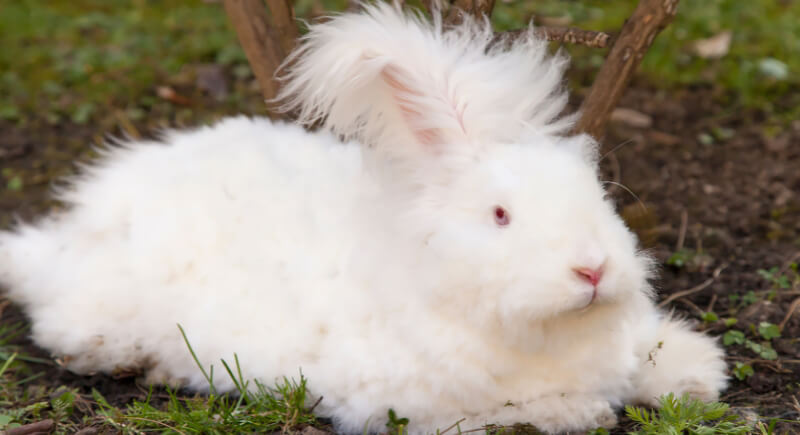
Credit: Getty Images
Angora rabbits have an incredibly fine, silky coat used to make Angora wool. Grooming is essential, since their dense fur can cause health issues if they ingest too much while cleaning themselves. Their fluff grows fast—up to an inch per month—and must be trimmed regularly.
Samoyed

Credit: Wikimedia Commons
Samoyeds’ open-mouth grin helped prevent icicles from forming on their faces while pulling sleds across Siberia. Beneath the fluff is a working dog bred to herd reindeer and haul gear. Their thick white coat sheds in seasonal waves, and yes, some people spin the fur into yarn.
Chinchilla
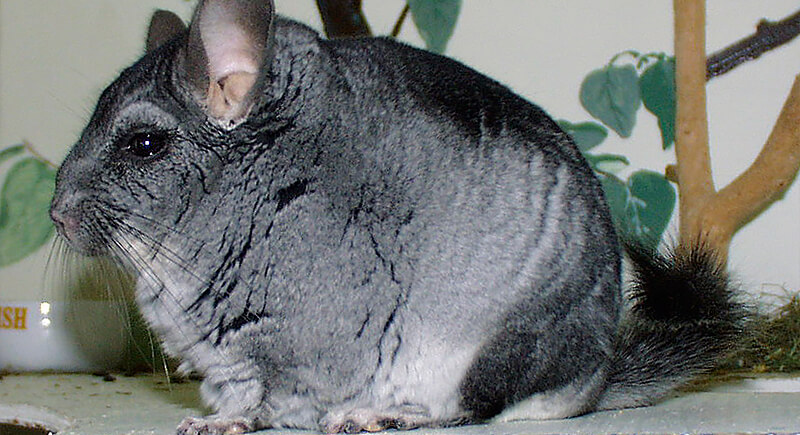
Credit: Wikimedia Commons
Each hair follicle on a chinchilla grows about 50 hairs, which makes their coat denser than any other land mammal. They don’t bathe in water; instead, they roll in fine dust to keep clean. That ritual keeps the fur dry and is also pretty cute to watch.
Silkie Chicken
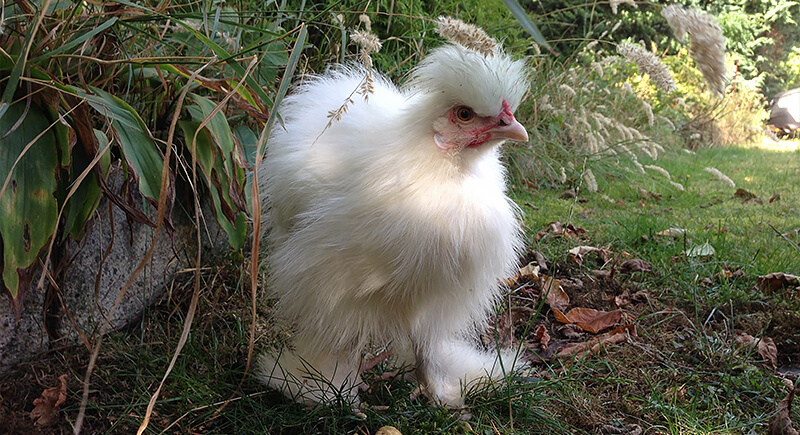
Credit: Wikimedia Commons
Silkie chickens have a soft, hair-like texture that lacks barbicels—structures that normally hold feathers together, which gives them a uniquely fluffy look. They originate from China and have black skin and five toes instead of the usual four.
Poodle Moth

Credit: Wikimedia Commons
This creature drew viral attention for its unusually fuzzy body and puppy-like face. Believed to belong to the Bombycidae family, like the silkworm moth, the poodle moth’s body is covered in a soft fuzz that may help with camouflage and temperature control.
Ragamuffin Cat

Credit: Wikimedia Commons
This domestic cat stands out for its long, luxurious coat and gentle personality. Ragamuffins can reach up to 20 pounds and often go limp when picked up, much like their Ragdoll cousins. While their fur looks high-maintenance, it resists matting and typically needs just weekly brushing.
Alpaca
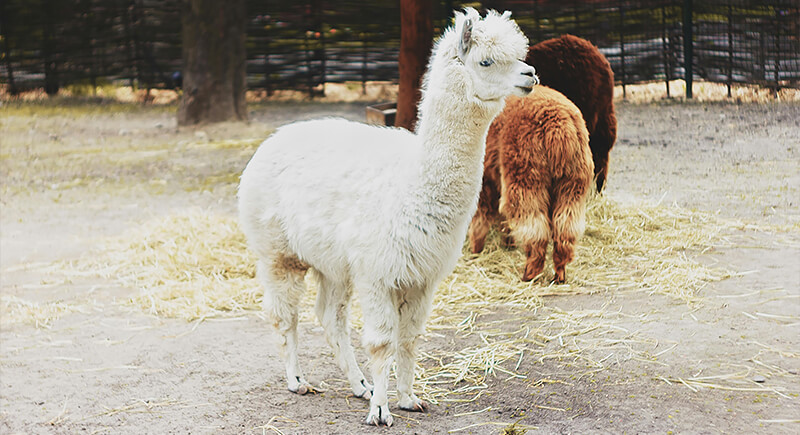
Credit: pexels
Alpacas are farm animals, but with better hair. Their fleece is softer and warmer than wool, and it doesn’t contain lanolin, which makes it hypoallergenic. They come in 22 natural colors—more than any other fiber animal—and produce several pounds of fiber a year.
Pallas’s Cat
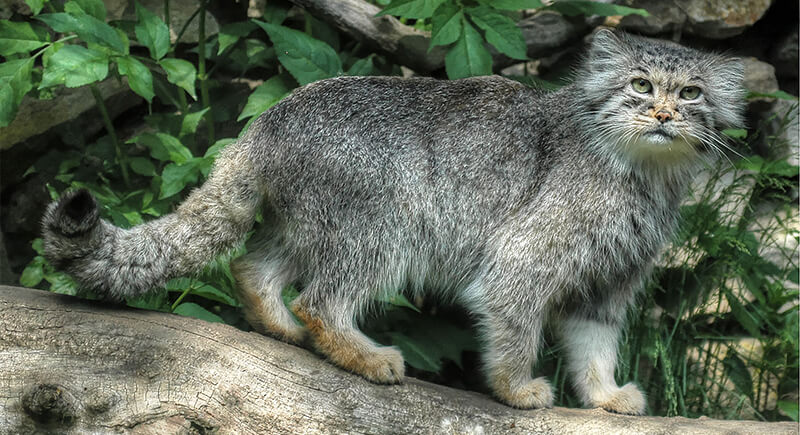
Credit: Wikimedia Commons
Pallas’s cats have a permanently unamused expression. They’ve adapted to frigid environments with thick, fluffy coats and a compact, squat build. Their fur gets even denser in winter and lightens slightly in color. They’re rarely seen in the wild due to their elusive habits and rocky, high-altitude homes.
Bichon Frise
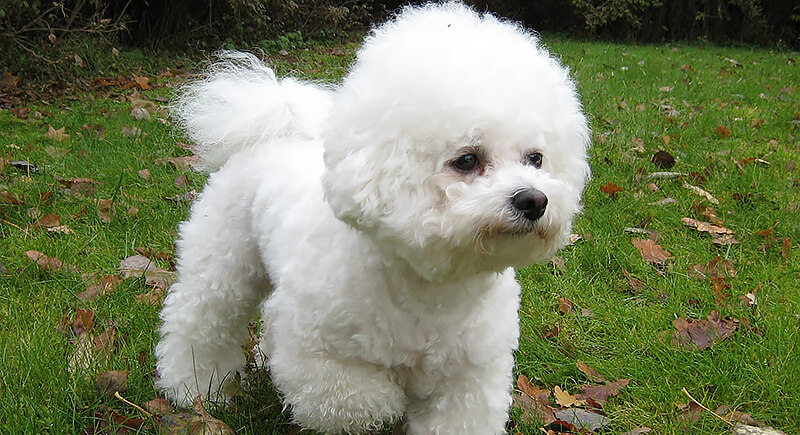
Credit: Wikimedia Commons
Bichons don’t shed much, but their fur keeps growing and needs frequent trimming and grooming. The breed dates back to the Mediterranean region and was a favorite among European nobility. Their cheerful personality and hypoallergenic coat are also pretty popular among dog owners.
Red Panda
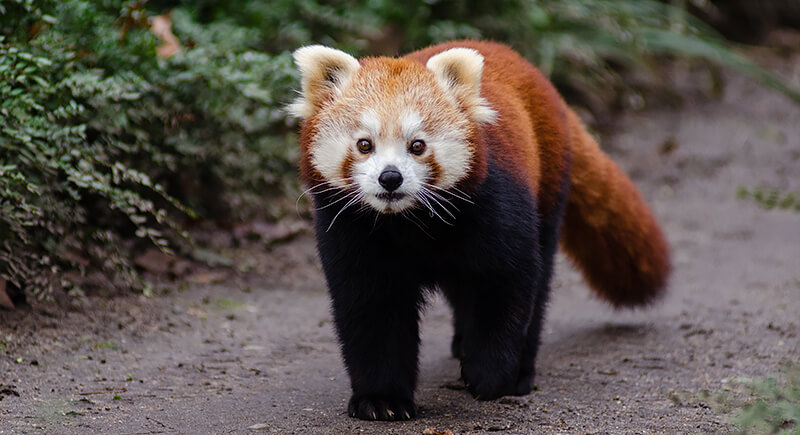
Credit: Wikimedia Commons
Despite the name, red pandas aren’t related to giant pandas. They’re closer to raccoons and live in the Himalayan foothills. Their thick reddish-brown fur and ringed tails help them survive cold mountain climates. They’re also mostly nocturnal, so they spend much of their day curled up in trees.
English Angora Rabbit
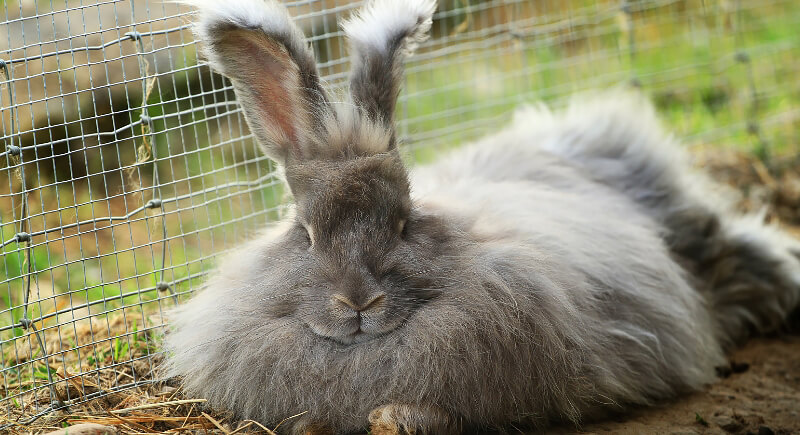
Credit: Getty Images
The English Angora wears more wool than it knows what to do with. This breed’s entire face, ears included, is often hidden under layers of silky fiber. They require near-constant grooming and can’t be left unattended for long. Having said that, their wool is among the softest available and highly prized by hand spinners.
Snow Leopard
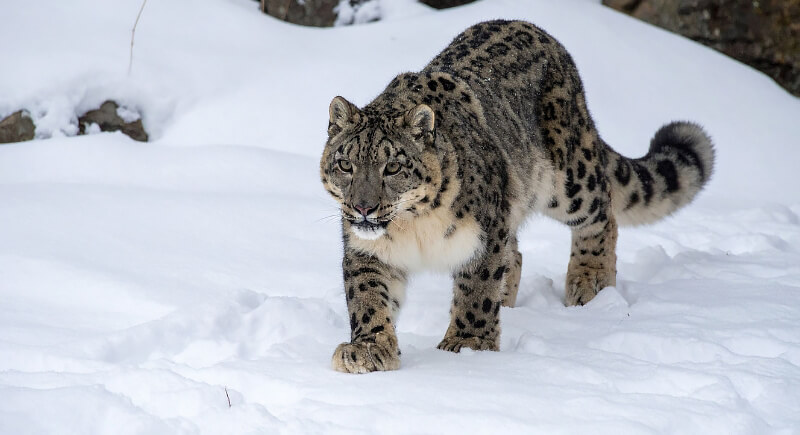
Credit: Canva
The snow leopard’s dense coat protects it from alpine winds and snow. Its long, thick tail serves as a counterweight when climbing and doubles as a warm wrap during rest. Their camouflage makes them nearly invisible among rocky terrain and snow.
Abyssinian Guinea Pig
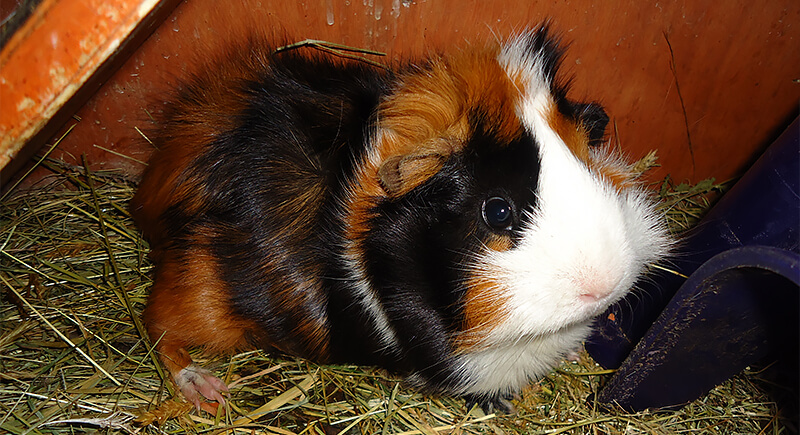
Credit: Wikimedia Commons
Their coat is coarse but full, and creates a tousled look that stands out in pet shows. Each Abyssinian guinea pig is expected to have a symmetrical pattern of rosettes, which can be difficult to breed. Like other guinea pigs, they are highly social and vocal.
Japanese Dwarf Flying Squirrel
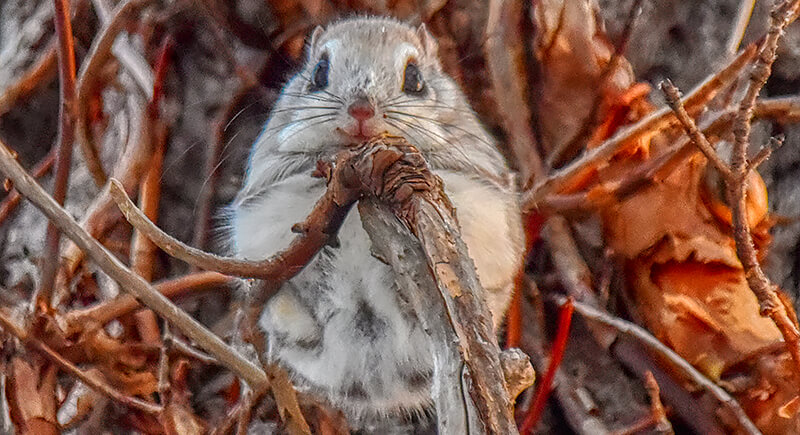
Credit: Wikimedia Commons
This nocturnal rodent glides between trees using a furry membrane that stretches between its front and back legs. It sports an extra-plush tail and round black eyes that reflect light in the dark. Its fur-covered body and compact size make it one of the most adorable gliders in the animal kingdom.
Arctic Fox
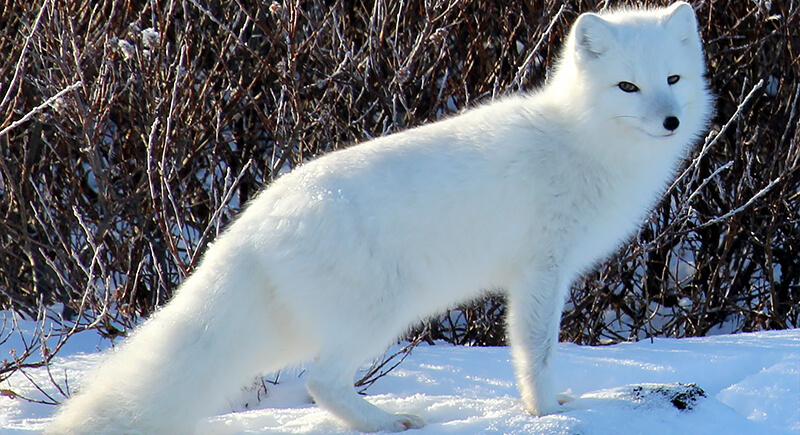
Credit: Wikimedia Commons
The Arctic fox is adapted to survive extreme cold and changes coat colors with the seasons—white in winter, brown or gray in summer. Its dense fur insulates even its paws and allows it to walk on ice without discomfort. This small fox has excellent hearing and a keen sense of smell.